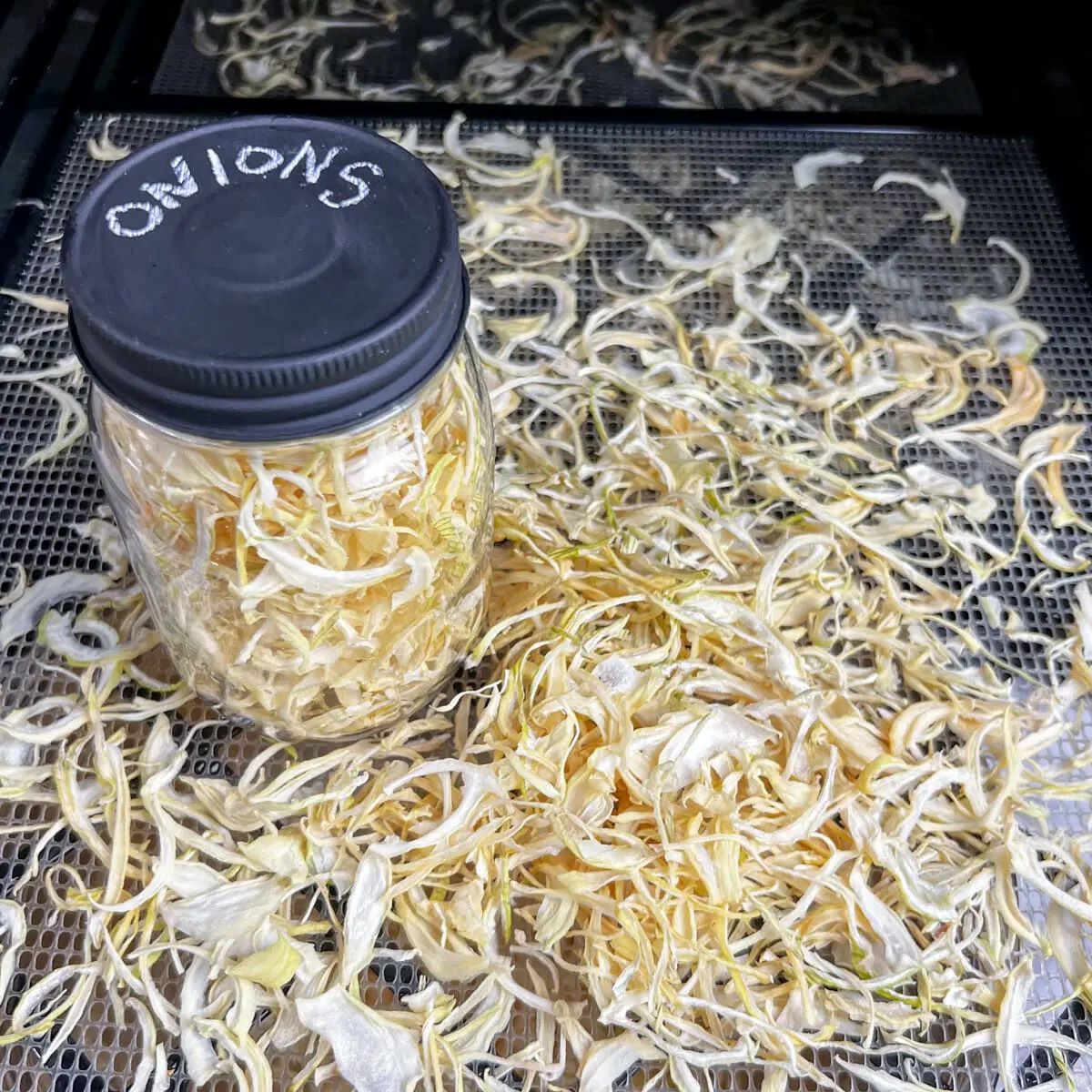

Articles
How To Store Dehydrated Onions
Modified: January 20, 2024
Learn the best methods for storing dehydrated onions in this informative articles. Find out how to extend their shelf life and maintain their flavor.
(Many of the links in this article redirect to a specific reviewed product. Your purchase of these products through affiliate links helps to generate commission for Storables.com, at no extra cost. Learn more)
Introduction
Dehydrated onions are a versatile and convenient ingredient to have in your pantry. Whether you use them to add flavor to your favorite dishes or as a backup option for when fresh onions are not available, proper storage of dehydrated onions is crucial to maintain their quality and extend their shelf life.
When onions are dehydrated, most of the water content is removed, leaving behind a concentrated source of flavor and nutrients. This dehydration process not only enhances the flavor of the onions but also allows them to be stored for extended periods without spoiling.
In this article, we will discuss why storing dehydrated onions is important and provide you with tips on how to properly store them to maintain their freshness and flavor. Whether you choose to store them at room temperature, in the refrigerator, or in the freezer, we will guide you through the best practices to ensure your dehydrated onions stay in optimal condition.
So, let’s dive in and explore the different storage methods for dehydrated onions!
Key Takeaways:
- Dehydrated onions offer long shelf life, convenience, and intense flavor. Proper storage, container selection, and organization are key to maintaining their quality and maximizing their culinary potential.
- Whether stored at room temperature, in the refrigerator, or freezer, dehydrated onions can be a versatile and reliable ingredient. Labeling, sealing, and proper handling ensure their freshness and flavor for extended periods.
Read more: How To Dehydrate Onions In A Dehydrator
Why Store Dehydrated Onions?
Dehydrated onions offer numerous advantages over fresh onions when it comes to storage and convenience. Understanding the benefits of storing dehydrated onions can help you make the most of this versatile ingredient:
Long Shelf Life: Dehydrated onions have an impressive shelf life, often lasting for up to two years when stored properly. Unlike fresh onions that can spoil relatively quickly, dehydrated onions can be stored for extended periods, allowing you to have a readily available supply on hand.
Convenience: Dehydrated onions are incredibly convenient. They require no peeling or chopping, saving you precious time in the kitchen. With dehydrated onions, you can add them directly to your recipes without any preparation, making them a great option for quick and easy meals.
Flavor Retention: Dehydrated onions retain their flavor remarkably well. The dehydration process concentrates the flavors, resulting in a more intense and rich onion taste. This makes dehydrated onions an excellent substitute for fresh onions, especially when you want to add a punch of flavor to your dishes.
Minimal Space Requirement: Compared to fresh onions that take up a significant amount of space in your pantry or refrigerator, dehydrated onions require much less space. You can store a large quantity of dehydrated onions in a compact container, freeing up valuable storage space for other ingredients.
Availability Year-round: Fresh onions may not be available year-round or may vary in quality depending on the season. Dehydrated onions provide a convenient solution by being readily available regardless of the time of year. You can enjoy the rich flavor of onions in your dishes all year long, no matter the season.
By understanding the benefits of storing dehydrated onions, you can make them a staple ingredient in your kitchen. Now that we’ve explored the advantages, let’s move on to discussing the best practices for storing dehydrated onions to ensure their freshness and flavor are preserved.
Choosing the Right Container
When it comes to storing dehydrated onions, choosing the right container is essential to maintain their quality and prevent moisture from seeping in. Here are some factors to consider when selecting the ideal container:
Airtightness: The container you choose should have a tight seal to prevent air and moisture from entering. Air and moisture can cause the dehydrated onions to absorb moisture, resulting in spoilage and loss of flavor. Choose containers with airtight lids or closure systems to ensure maximum freshness.
Material: Opt for containers made of food-grade materials such as glass, plastic, or metal. Glass containers are an excellent choice as they are non-porous and do not leach any chemicals into the food. If using plastic containers, ensure they are BPA-free to avoid any potential health risks.
Size: Consider the quantity of dehydrated onions you plan to store. Choose a container size that allows enough space for the onions without leaving excess air gaps. This helps minimize the chances of moisture buildup and oxidation.
Visibility: Select a container that is transparent or at least has a clear window. This allows you to see the contents without opening the container, making it easier to monitor the quantity and condition of the dehydrated onions.
Shape: The shape of the container matters when it comes to efficient storage. Rectangular or square-shaped containers are generally more space-saving and easier to stack or organize on shelves. However, if you prefer round containers, ensure they come with tight-fitting lids to maintain airtightness.
Labeling: Lastly, don’t forget to label your containers. Clearly mark them with the date of storage to keep track of the freshness and shelf life. You can also include any additional information such as the type of onions or the quantity stored, making it easier to navigate your pantry.
By choosing the right container for storing dehydrated onions, you can ensure that they remain fresh, flavorful, and free from moisture. Now that we’ve covered the container selection process, let’s move on to discussing the different storage methods for dehydrated onions.
Storing Dehydrated Onions at Room Temperature
Storing dehydrated onions at room temperature is a popular option, as it requires minimal effort and allows for easy accessibility in your kitchen. Here are some essential tips for storing dehydrated onions at room temperature:
Choose a Cool and Dark Location: Find a cool, dry, and dark spot in your pantry or kitchen cabinet to store your dehydrated onions. Avoid areas that are exposed to direct sunlight, as this can cause the onions to lose flavor and quality more quickly.
Use Airtight Containers: Transfer your dehydrated onions into airtight containers to prevent air, moisture, and light from affecting their quality. Mason jars with screw-on lids, food-grade plastic containers with tight-sealing lids, or metal storage tins are all excellent choices. Ensure that the containers are clean and dry before filling them with the onions.
Absorb Moisture: Place a small packet of desiccant or a food-grade moisture absorber in the container alongside the dehydrated onions. These packets help absorb any excess moisture that may be present and keep the onions dry. Be sure to choose moisture absorbers that do not contain harmful chemicals and are safe for food storage.
Keep Away from Strong Odors: Store dehydrated onions away from strong-smelling foods or substances, such as spices, cleaning agents, or chemicals. Onions are known for their ability to absorb odors, so it’s crucial to keep them in a separate area to prevent any unwanted flavors or scents from transferring.
Rotate and Use First-In-First-Out (FIFO) Method: Practice the first-in-first-out method when using your dehydrated onions. Label your containers with the storage date and make sure to use the oldest onions first. This ensures that you always consume the oldest stock first and helps prevent any onions from expiring before being used.
Monitor Regularly: Check your stored dehydrated onions periodically for any signs of moisture or spoilage. If you notice any clumping, discoloration, or off-putting odors, it is best to discard them to avoid any risk of foodborne illnesses.
By following these guidelines, you can store your dehydrated onions at room temperature for an extended period while maintaining their flavor and quality. However, if you prefer storing them in colder temperatures or want to prolong their shelf life further, you can consider other storage options such as refrigeration or freezing, which we will explore in the next sections.
Storing Dehydrated Onions in the Refrigerator
If you prefer to store your dehydrated onions in a colder environment to maximize their freshness and shelf life, the refrigerator can be a suitable option. Here are some important tips for storing dehydrated onions in the refrigerator:
Use Airtight Containers: Transfer your dehydrated onions to airtight containers that can be sealed tightly. This helps to keep out moisture, odors, and contaminants from the refrigerator, ensuring the quality and flavor of the onions remain intact.
Clean and Dry Containers: Prior to filling the containers, ensure they are clean and completely dry. Any moisture remaining in the container can lead to clumping or spoilage of the dehydrated onions. Use a clean, dry cloth or paper towel to wipe the inside of the containers before use.
Divide into Smaller Portions: If you have a large quantity of dehydrated onions, consider dividing them into smaller portions before storing in the refrigerator. This allows you to take out only what you need without exposing the rest of the onions to temperature fluctuations every time you open the container.
Find the Optimal Spot: Locate a designated spot in your refrigerator that provides stable temperatures and is not prone to temperature fluctuations. Avoid placing the container near the door or in the freezer compartment, as these areas are more susceptible to temperature changes when the refrigerator is opened frequently.
Rotate Stock: Just like with room temperature storage, practice the first-in-first-out method in the refrigerator. Label your containers with the storage date and use the oldest onions first to ensure they are consumed before their quality deteriorates.
Monitor Temperature and Humidity: Check the refrigerator temperature regularly to ensure it remains within the recommended range of 35°F to 40°F (2°C to 4°C). Additionally, keep an eye on the humidity levels to prevent condensation from forming in the containers, which can lead to moisture absorption by the onions.
Be Mindful of Odor Transfer: The refrigerator can contain various strongly scented foods. To prevent your dehydrated onions from absorbing these odors, store them away from potent-smelling items, such as fish, cheese, or pungent vegetables.
By following these guidelines, you can store your dehydrated onions in the refrigerator and enjoy their freshness for an extended period. However, if you need to store them for an even more extended period or want the flexibility of using smaller portions at a time, freezing may be a better option, which we will discuss next.
Read more: How To Make Onion Powder With A Dehydrator
Storing Dehydrated Onions in the Freezer
If you want to extend the shelf life of your dehydrated onions even further, storing them in the freezer is an excellent option. Freezing helps preserve the flavor and quality of the onions for an extended period. Here’s how you can store dehydrated onions in the freezer:
Pre-Freeze Preparation: Before freezing the dehydrated onions, it is crucial to ensure they are in good condition and free from any moisture. Moisture can lead to freezer burn and affect the quality of the onions. If you notice any clumping or moisture, spread the onions on a baking sheet and place them in the freezer for a short period, allowing any excess moisture to evaporate.
Divide into Smaller Portions: Divide the dehydrated onions into smaller portions before freezing. This allows you to take out only the required amount for each use, preventing repeated exposure of the entire batch to the freezer’s temperature changes.
Airtight Packaging: Transfer the divided portions of dehydrated onions into airtight freezer-safe containers or resealable freezer bags. Squeeze out as much air as possible before sealing to prevent oxidation and freezer burn. Double-bagging or using a vacuum sealer can provide extra protection against freezer burn.
Labeling: Label each container or bag with the storage date to keep track of the onions’ freshness. Include the portion size, type of onions, and any additional information you find helpful. This makes it easier to identify and use the onions as needed.
Arrangement and Placement: Lay the containers or bags flat in a single layer in the freezer, if possible, to maximize space and allow for easy stacking. Once they are completely frozen, you can rearrange them as desired. Avoid stacking or placing heavy items on top of the onions to prevent crushing or damage.
Freezer Temperature: Set your freezer temperature to 0°F (-18°C) or lower to ensure safe and efficient freezing. It is essential to maintain consistent and low temperatures to preserve the quality of the dehydrated onions.
Thawing: When you need to use the dehydrated onions, simply remove the desired portion from the freezer and allow it to thaw at room temperature or add them directly to your dish if they can rehydrate during cooking. Alternatively, you can use them directly from the freezer if they can be crumbled or ground into smaller pieces.
By following these guidelines, you can store your dehydrated onions in the freezer for an extended period while preserving their flavor and quality. Whether you choose to store them at room temperature, in the refrigerator, or in the freezer, ensure proper container selection, labeling, and storage practices to enjoy the benefits of dehydrated onions whenever needed.
Store dehydrated onions in an airtight container in a cool, dark place to maintain their flavor and shelf life. Consider using a vacuum sealer for long-term storage.
Tips for Properly Sealing Containers
To ensure the freshness and longevity of your dehydrated onions, it is crucial to properly seal the containers in which they are stored. Here are some helpful tips to ensure airtight sealing:
Clean and Dry: Before sealing your containers, make sure they are clean and completely dry. Any moisture or residue can compromise the seal and lead to moisture absorption by the onions. Wipe the inside of the containers with a clean, dry cloth or paper towel to remove any excess moisture.
Airtight Lids: Choose containers with lids that have airtight seals. Look for lids that fit snugly and securely onto the containers, leaving no gaps or openings. Screw-on lids, clamp-down lids, or snap-on lids are excellent options for achieving an airtight seal.
Sealing Bags: If you prefer using resealable freezer bags for storing your dehydrated onions, ensure they are specifically designed for freezer use. Squeeze out as much air as possible before sealing the bags. Double-bagging can provide an extra layer of protection against air and moisture.
Vacuum Sealing: Consider using a vacuum sealer for ultimate sealing protection. Vacuum sealing removes air from the containers, creating a completely airtight environment. This method is especially beneficial if you want to store your dehydrated onions for an extended period or if you live in a humid area.
Moisture Absorbers: Place a small food-grade moisture absorber or desiccant packet inside the container before sealing. These absorb any residual moisture and help keep the dehydrated onions dry during storage.
Inspect Seals: Regularly check the seals of your containers to ensure they are intact. Look for any signs of damage or deterioration, such as cracks, tears, or looseness. Replace any damaged containers or lids to maintain the freshness and quality of your dehydrated onions.
Avoid Overfilling: When filling your containers, leave some headspace to allow for any possible expansion or movement of the onions. Overfilling can put pressure on the seal and lead to leaks or compromised sealing.
Temperature and Humidity Control: Store your sealed containers in a cool, dry place to prevent exposure to temperature fluctuations and high humidity levels. Fluctuations in temperature or excessive humidity can compromise the seal and cause moisture absorption by the onions.
Following these tips will ensure that your containers are properly sealed, providing airtight protection for your dehydrated onions. A properly sealed container helps maintain the onions’ flavor, freshness, and quality for an extended period.
Labeling and Organizing Dehydrated Onions
Labeling and organizing your dehydrated onions is essential for easy identification, proper rotation, and efficient use. Here are some helpful tips to keep your dehydrated onions well-organized:
Labeling Containers: Clearly label each container or bag of dehydrated onions with important information such as the contents, storage date, and quantity. Use waterproof markers or labels to prevent smudging or fading over time.
Include Additional Information: Consider adding additional information to your labels, such as the type of onions used, any special preparation or flavorings added, or the specific recipe the onions were intended for. This extra information can come in handy when planning your meals or cooking.
Date of Storage: It’s crucial to include the date of storage on each container. This allows you to practice the first-in-first-out (FIFO) method, using the oldest onions before the newer ones. This helps ensure that the onions are used within their recommended shelf life.
Quantity and Portion Size: Indicate the quantity and portion size of the dehydrated onions in each container. This makes it easier to determine how much to use in recipes and helps you keep track of your onion supply.
Color Coding: If you have different types of dehydrated onions, you can consider using color-coded labels or markers to differentiate them. For example, you could assign red labels to spicy onions and green labels to sweet onions. This simplifies the identification process and adds a visual element to your organization system.
Organizing by Date: Arrange your containers in order of storage date, placing the oldest containers in the front. This makes it easier to identify and use up the oldest onions first, minimizing waste and ensuring that you are always using the freshest onions available.
Grouping by Type or Recipe: If you have a large collection of dehydrated onions or multiple varieties, consider grouping them by type or intended use. For example, you can keep all the sweet onion containers together and separate them from the containers of spicy onions. Alternatively, group onions that are commonly used together in specific recipes, such as Italian seasoning or Mexican cuisine.
Keep a Pantry Inventory: Consider keeping a separate inventory list or spreadsheet for your dehydrated onions. This allows you to track the quantity, type, and storage dates of all your onions at a glance. Update the list as you use and replenish your supply, ensuring you always have a clear overview of your stock.
By labeling and organizing your dehydrated onions, you can easily access and use them while maintaining freshness and efficiency in your kitchen. Proper organization also reduces the risk of expired onions going unused. With a well-organized system, you’ll always know exactly what you have and where to find it, making meal preparation a breeze.
Shelf Life of Dehydrated Onions
Dehydrated onions have an impressive shelf life, making them a long-lasting pantry staple. When stored properly, dehydrated onions can retain their flavor, texture, and nutritional value for an extended period. Here’s what you need to know about the shelf life of dehydrated onions:
Optimal Shelf Life: When stored in airtight containers and kept in a cool, dry place, dehydrated onions can last up to two years. Properly dehydrated onions have minimal moisture content, which helps inhibit bacterial growth and prevent spoilage.
Changes Over Time: While dehydrated onions can remain safe to consume beyond their optimal shelf life, their flavor, aroma, and texture might gradually diminish over time. The onions may become less potent and may take longer to rehydrate when added to recipes. However, they can still be used effectively as a flavoring ingredient, even if they don’t fully rehydrate.
Storage Conditions: Temperature, humidity, and exposure to light are critical factors in determining the shelf life of dehydrated onions. To ensure maximum longevity, store them in a cool, dry place away from direct sunlight or sources of heat. Freezing and refrigerating dehydrated onions can further extend their shelf life if you require longer preservation.
Rancidity: Over time, dehydrated onions are susceptible to developing rancidity due to the oxidation of their natural oils. Signs of rancidity include a strong, unpleasant odor or a bitter taste. If you detect these signs in your dehydrated onions, it is best to discard them, as they may cause digestive discomfort.
Proper Rotation: To ensure that your dehydrated onions are used within their optimal shelf life, practice the first-in-first-out (FIFO) method. Label your containers with the storage date and use the oldest onions first before moving on to newer batches. This will help you make the most of your stored onions and minimize waste.
Note on Commercially Dehydrated Onions: It’s important to check the package labeling or instructions provided by the manufacturer when it comes to the shelf life of commercially dehydrated onions. The shelf life may vary depending on the specific processing methods and packaging used by the producer.
By storing dehydrated onions properly and being mindful of their shelf life, you can enjoy the convenience and flavor of these pantry staples for an extended period. Regularly check the quality of your stored onions to ensure they are still in good condition and discard any that show signs of spoilage or rancidity. With proper storage and rotation, your dehydrated onions will be a reliable ingredient in your kitchen for years to come.
Read more: How To Dry Green Onions Without A Dehydrator
Proper Handling and Usage of Dehydrated Onions
Handling and using dehydrated onions correctly can help you make the most of this versatile ingredient in your cooking. Here are some helpful tips to ensure proper handling and usage of dehydrated onions:
Rehydration: If you prefer the texture and taste of rehydrated onions in your dishes, you can soak the dehydrated onions in warm water for about 15-20 minutes before using them. The onions will absorb the water and plump up, resembling the texture of fresh onions. Drain any excess liquid before adding the rehydrated onions to your recipes.
Direct Use: Dehydrated onions can also be used directly in recipes that involve cooking or simmering, as they will rehydrate during the cooking process. Add them directly to soups, stews, sauces, or other liquid-based dishes, and they will soften and infuse the flavors into the dish as they cook.
Gradual Addition: When adding dehydrated onions to dishes, it’s best to start with a smaller amount and gradually adjust to your taste preferences. Dehydrated onions are more concentrated in flavor than fresh onions, so a little goes a long way. You can always add more if needed, but it’s difficult to remove the flavor once it is too intense.
Storage in Resealable Bags: Keep a small amount of dehydrated onions readily accessible in a resealable bag or small container for frequent use. This way, you don’t have to open and expose larger containers to air and moisture more frequently than necessary.
Consider the Texture: Depending on the recipe and personal preference, you can choose to use dehydrated onions as is or give them a finer texture. If you prefer a smoother texture, you can grind or pulse the dehydrated onions in a spice grinder or food processor to achieve a more powdered consistency.
Extra Flavor: If desired, you can enhance the flavor of dehydrated onions by lightly toasting them in a dry skillet for a few seconds before adding them to your dish. This will release their natural oils and intensify their flavor.
Experiment with Different Recipes: Dehydrated onions are incredibly versatile and can be used in a wide range of recipes. Experiment with various cuisines and dishes, such as soups, stews, stir-fries, pasta sauces, marinades, or even homemade spice blends. The concentrated flavor of dehydrated onions can elevate the taste of your favorite recipes.
Store in Small Portions for Optimal Freshness: If you have a large quantity of dehydrated onions, consider storing them in smaller portions. This reduces the frequency of exposure to air and moisture every time you open the container, helping to maintain their freshness and flavor for longer.
By following these tips, you can handle and use dehydrated onions effectively in your cooking. Whether you choose to rehydrate them or use them directly, dehydrated onions can add depth and flavor to a wide range of dishes. Enjoy the convenience and versatility of this pantry staple and let your creativity shine in the kitchen.
Conclusion
Dehydrated onions are a fantastic addition to any kitchen, providing convenience, versatility, and a long shelf life. By properly storing and handling dehydrated onions, you can ensure their freshness, flavor, and nutritional value are preserved for extended periods.
When storing dehydrated onions, it’s important to choose the right container that offers airtight sealing and protects them from air, moisture, and light. Whether you store them at room temperature, in the refrigerator, or in the freezer, maintaining an airtight environment is crucial.
Labeling and organizing your dehydrated onions helps you keep track of their quantity, type, and storage dates, allowing for easy identification and proper rotation. This ensures that you use the oldest onions first and minimize waste.
Understanding the shelf life of dehydrated onions is essential for planning and maintaining their quality. While dehydrated onions can last up to two years, their flavor and texture may gradually diminish over time. Regularly inspecting stored onions for signs of spoilage or rancidity will help ensure you are using them at their best.
Proper handling and usage of dehydrated onions involve rehydration for a fresh onion texture, direct use in cooking, and gradual addition to recipes to achieve the desired flavor intensity. Experimenting with different recipes and cuisines allows you to fully enjoy the versatility of dehydrated onions in your cooking.
In conclusion, with the right storage techniques, handling practices, and proper usage, dehydrated onions can enhance the flavor of your dishes, provide convenience in the kitchen, and offer a reliable ingredient that can be enjoyed for an extended period. Incorporating dehydrated onions into your pantry staples can elevate your culinary creations and add a delicious touch to your meals year-round.
Frequently Asked Questions about How To Store Dehydrated Onions
Was this page helpful?
At Storables.com, we guarantee accurate and reliable information. Our content, validated by Expert Board Contributors, is crafted following stringent Editorial Policies. We're committed to providing you with well-researched, expert-backed insights for all your informational needs.

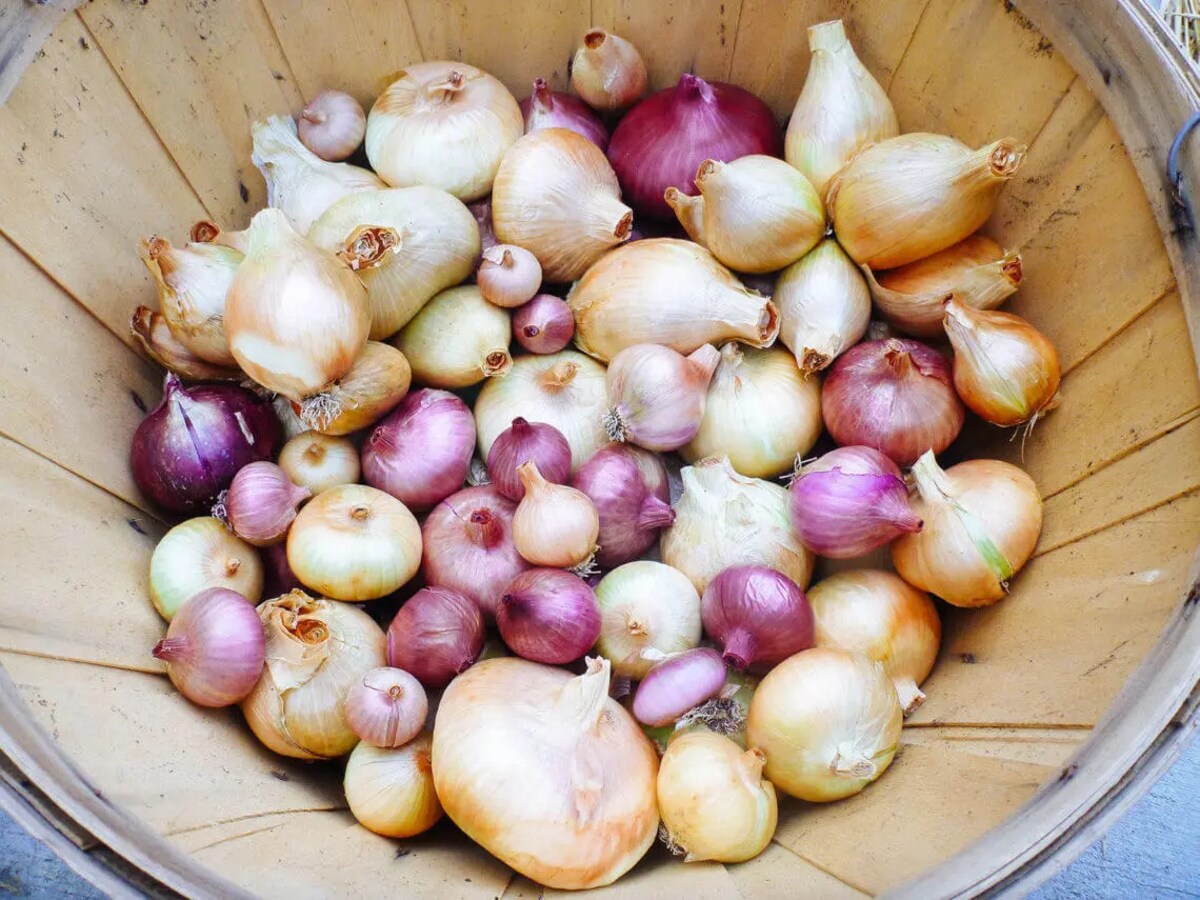
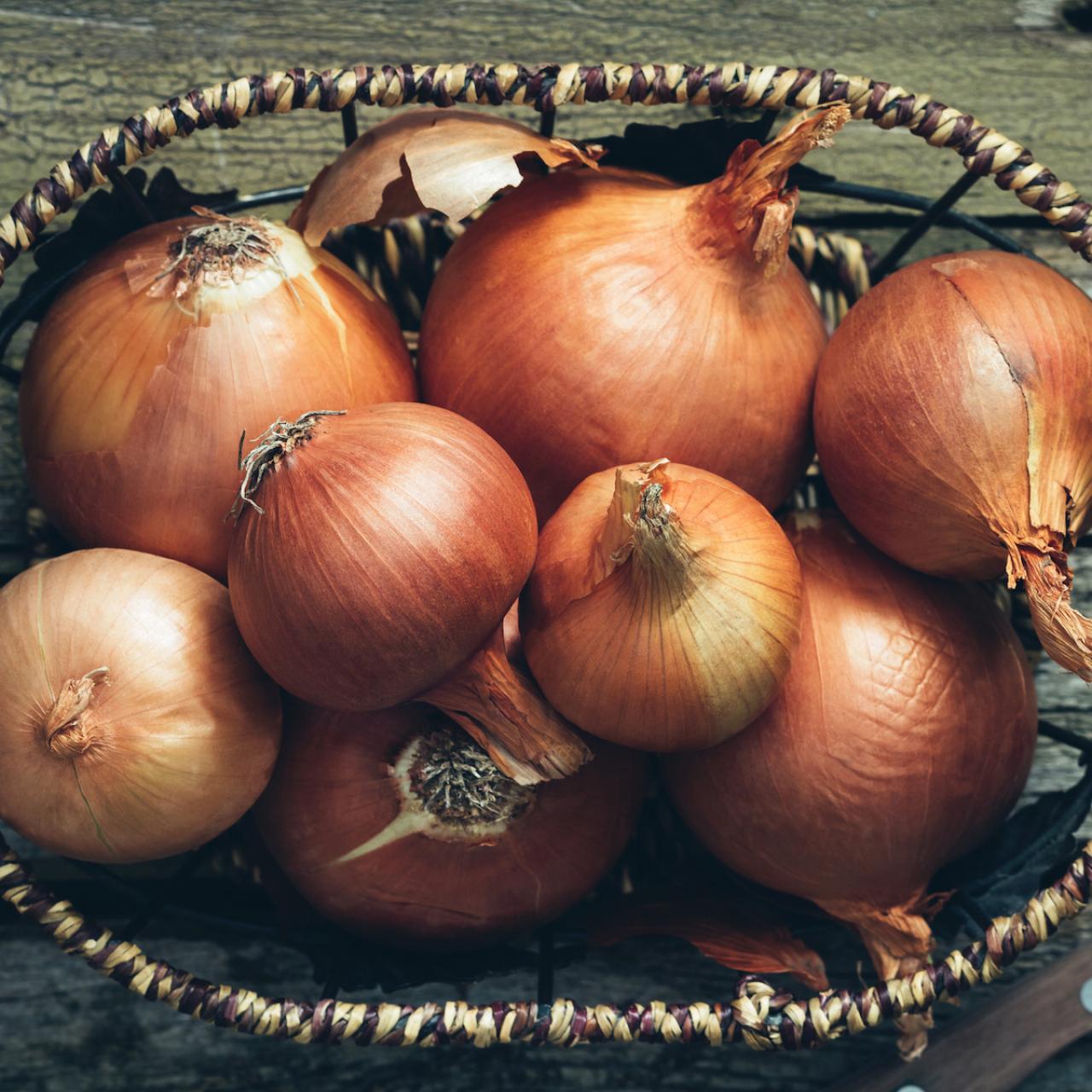
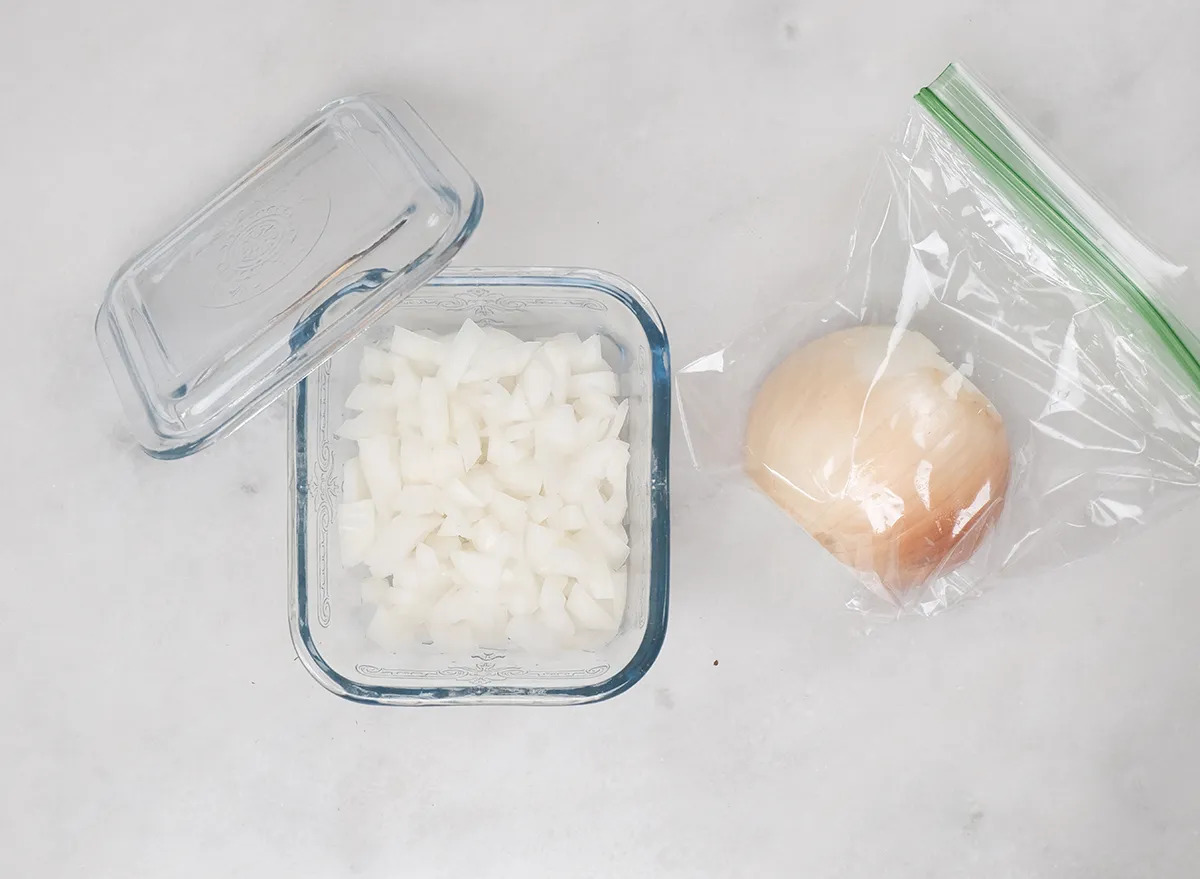
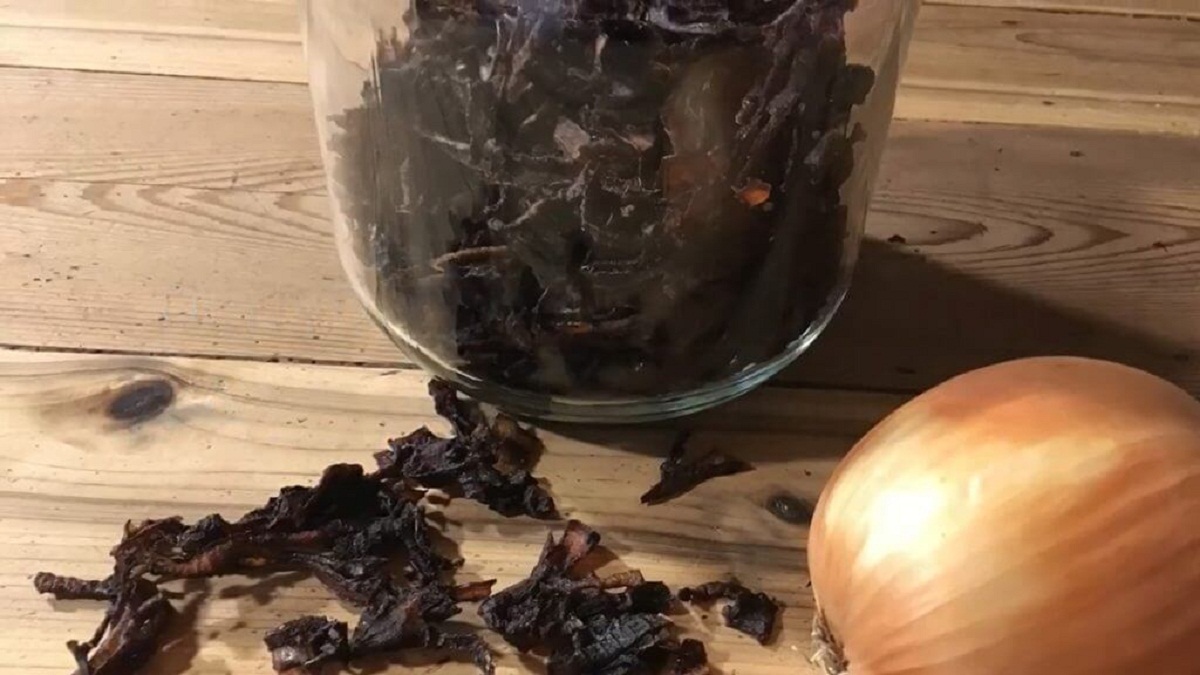
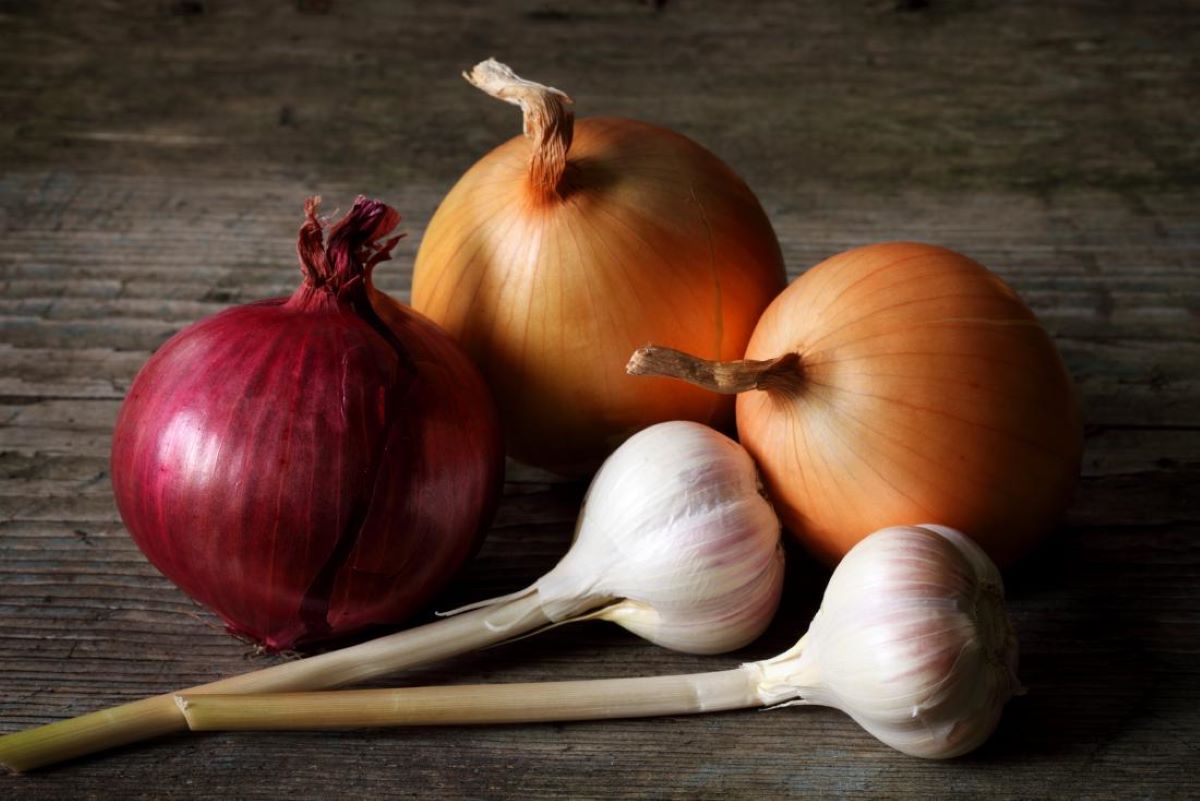
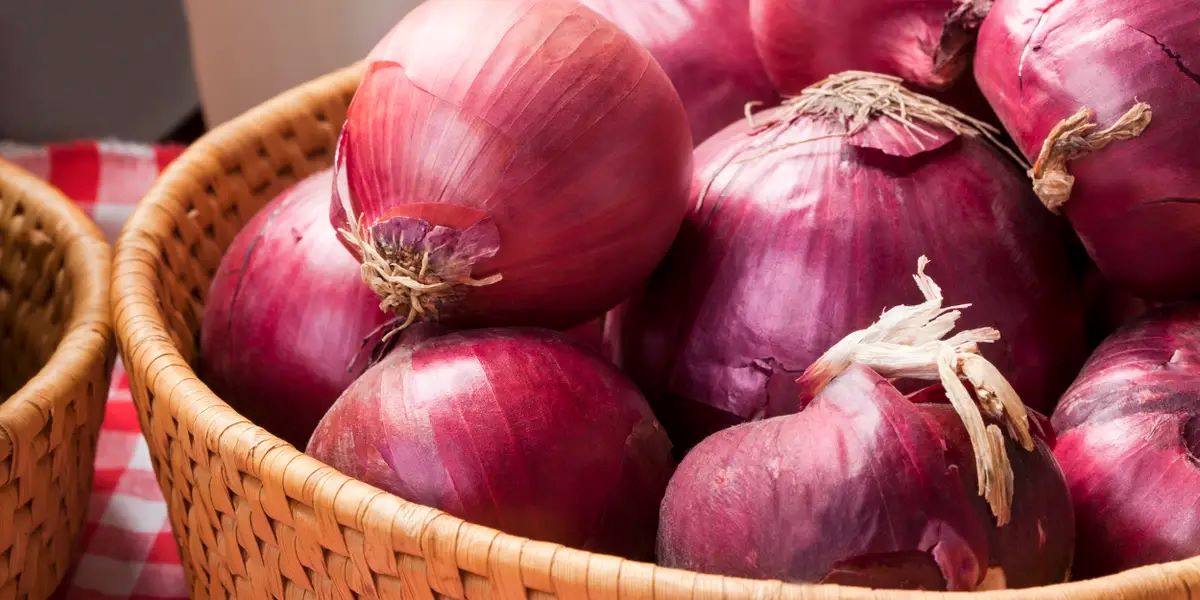
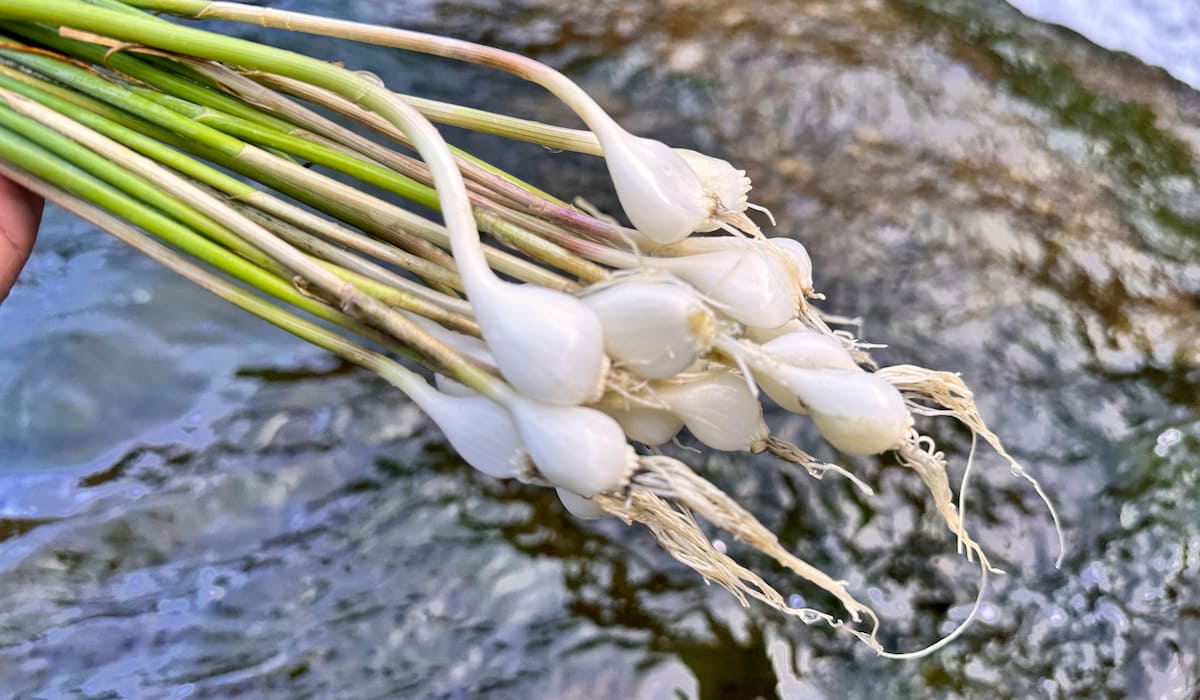
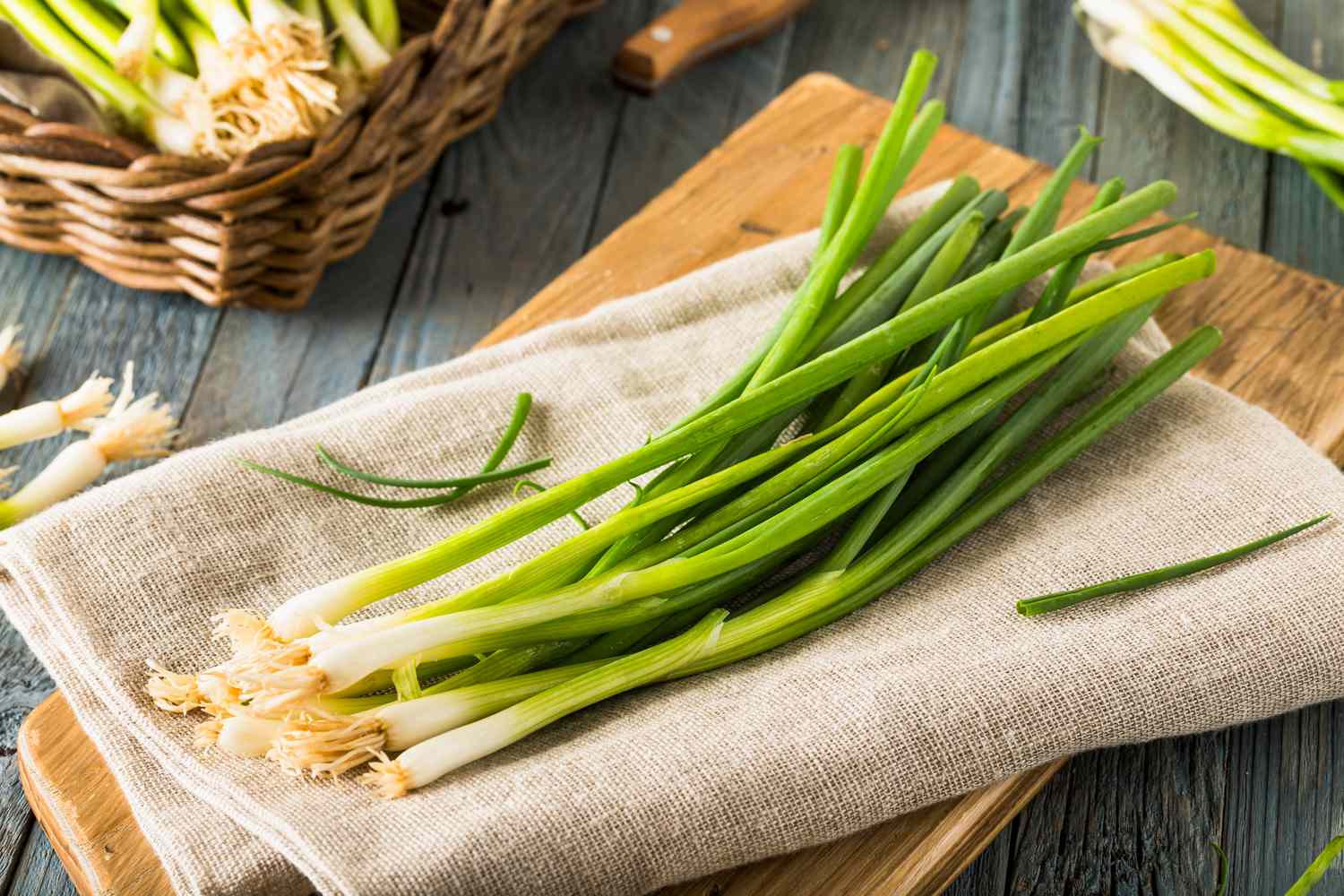
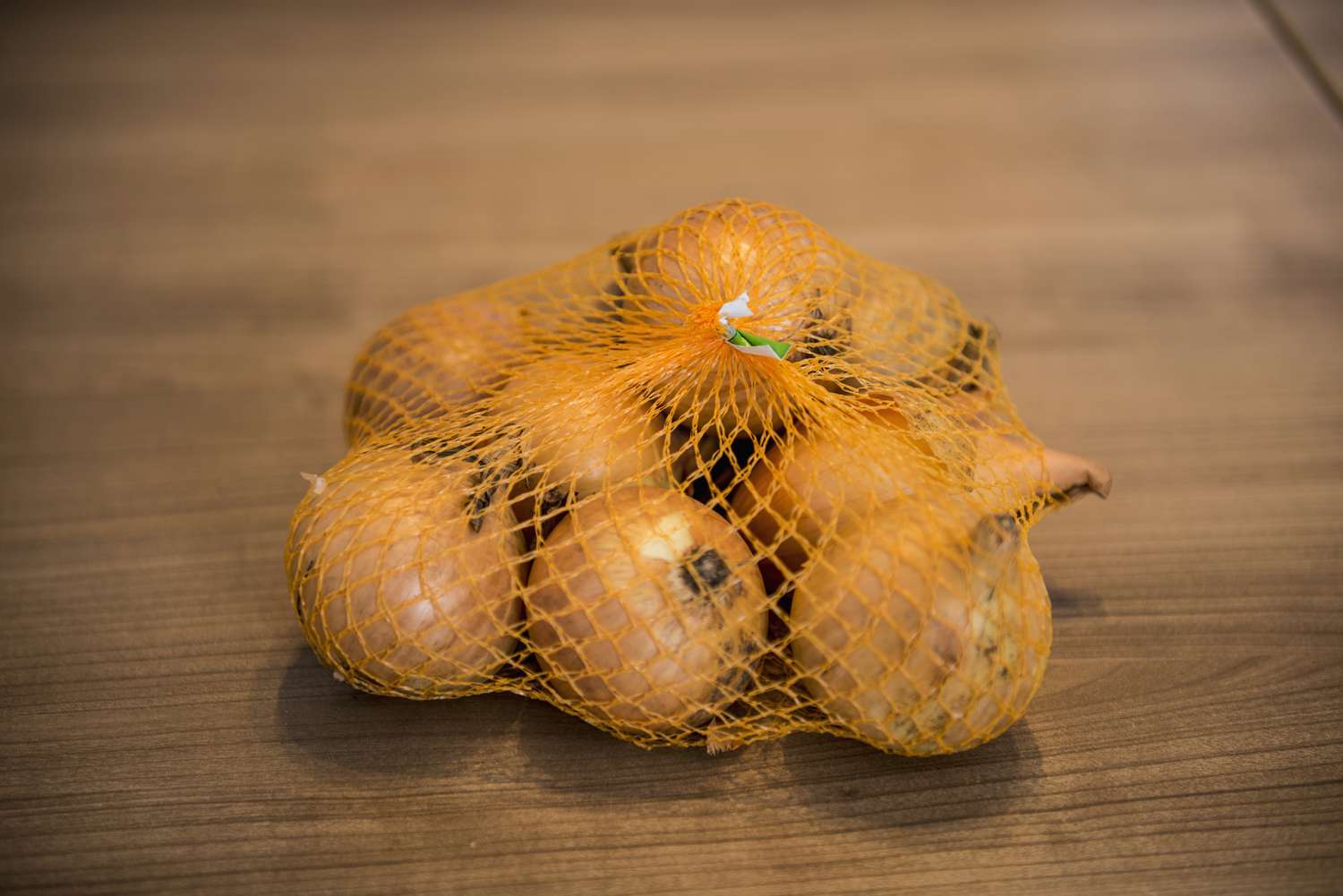
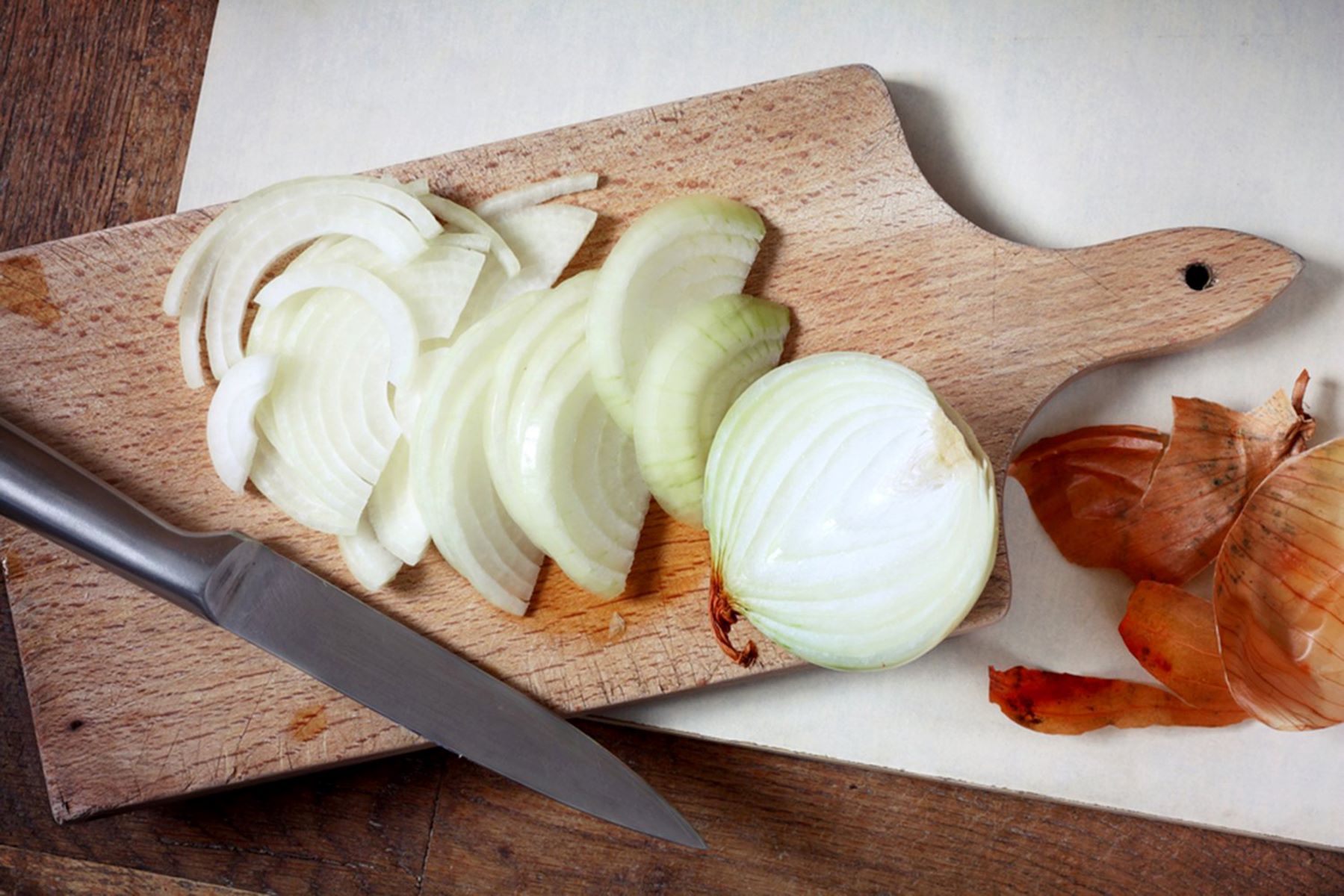
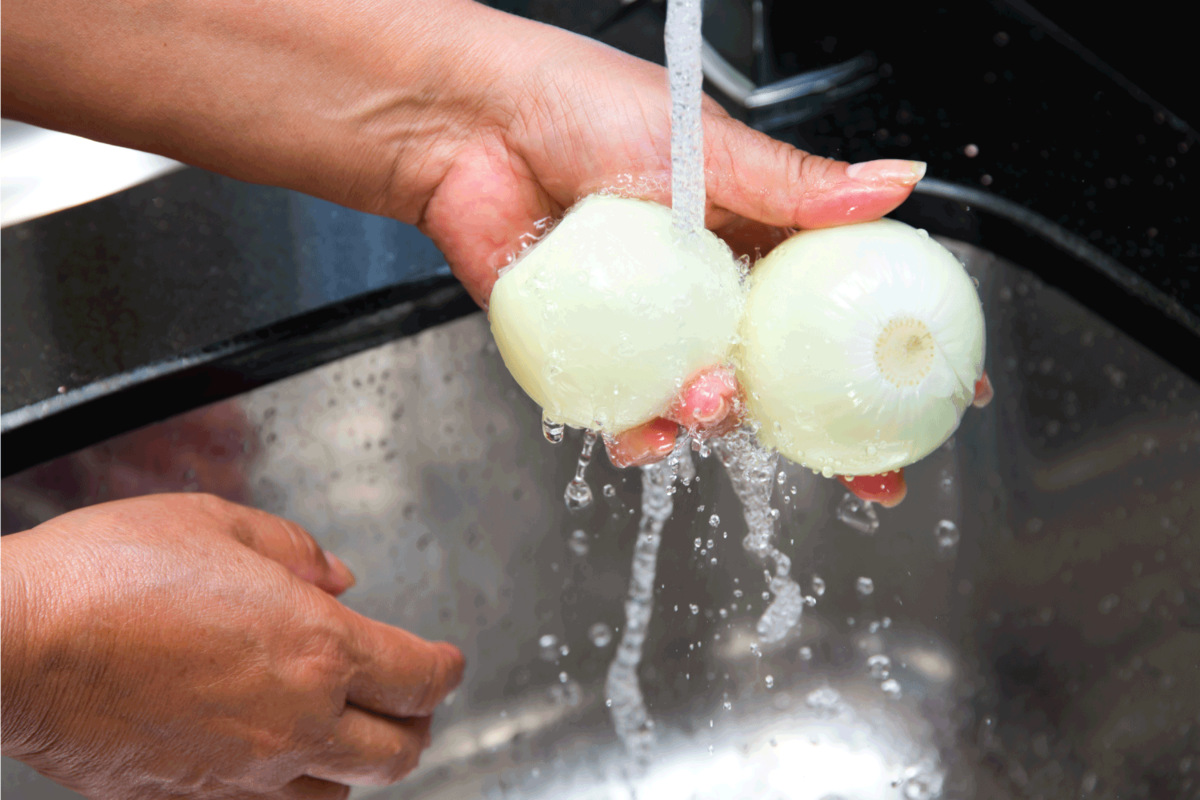
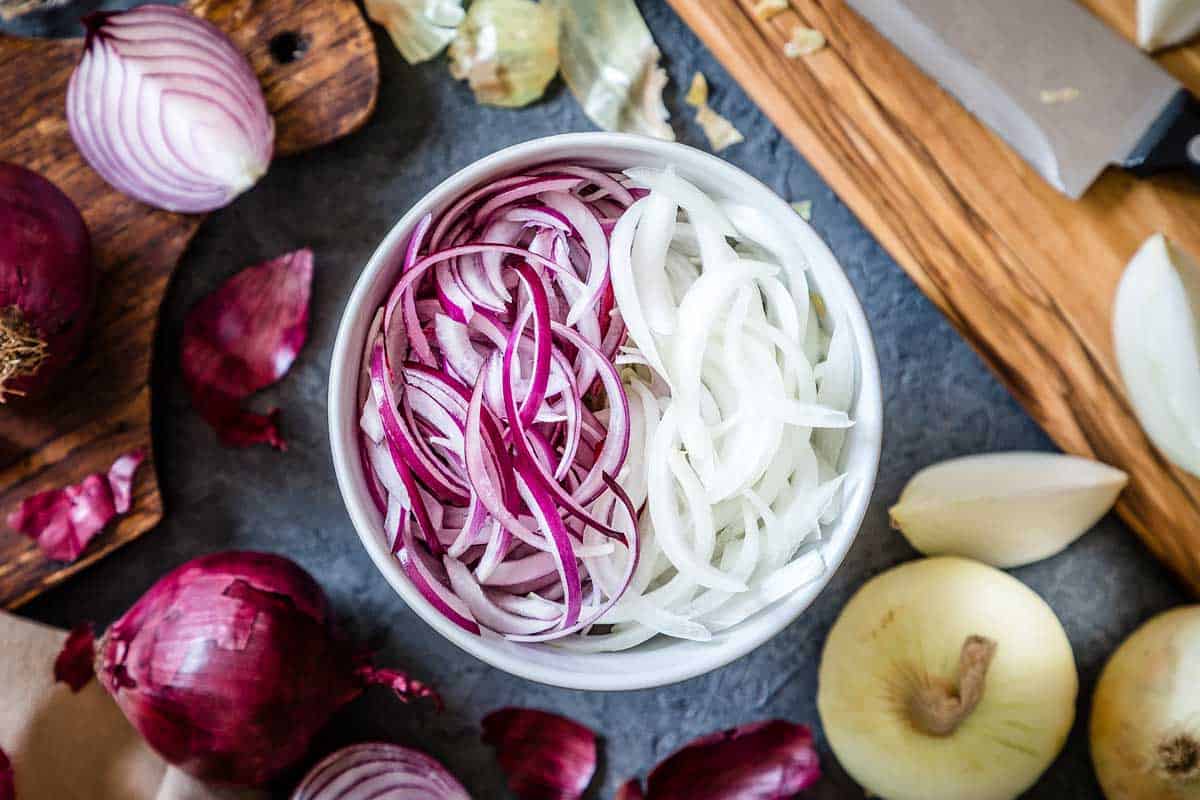

0 thoughts on “How To Store Dehydrated Onions”